by Richard van Pelt, WWI Correspondent
“War-Stricken Poland,” “French Silence German Batteries Along Aisne River” and German press attacks on American neutrality headlined the February 3rd edition of the Capital Journal:
Soil Drenched With Blood, Women and Children Starve in War-Stricken Poland
Poland is crying for food. Her women and little children are dying of hunger. Soil is drenched with blood. The best of her youth is being sacrificed to slaughter while countless thousands other people, driven from their houses are facing death by starvation. This is Poland’s plight as the leading women of the war-swept country pictured it today.
* * *
“You – who live in a free land of progress and prosperity – think of immeasurable desolation of Poland, which, bathed in blood, yet pants for freedom. To you from afar we stretch out our hands as to sisters. In the name of humanity we ask that you endeavor, as much as within you lies, to alleviate the suffering that has befallen our people.
On the Western Front, “French Silence German Batteries Along Aisne River:”
Artillery battling along the Aisne, with the Germans directing a particularly violent cannonade near Soissons, were reported in dispatches from the front this afternoon.
The German fire was ineffective, the message said. On the contrary, French gunners responded to the attack by silencing several German batteries.
The headline and the article describes the type of warfare that would be repeated daily for the next three years:
In 1915, 1916 and 1917 both sides made attempts to break the deadlock with major battle offensives. The characteristics of siege warfare which developed on the Western Front in these three years created conditions never witnessed before. Instead of expecting to achieve objectives at a considerable distance from the start of an offensive, the type of trench warfare fighting created a situation where attacks were carried out in phases with short distance objectives and usually following a bombardment of enemy trench lines beforehand. This strategy led to prolonged periods of fighting with success counted in gains hundreds of yards rather than miles. The human cost of casualties and dead in such a grinding type of siege warfare would be recorded in the thousands in the space of a single day. Over a period of these three years both sides suffered heavy losses in human casualties and animals, expenditure in ammunition and equipment. In spite of this the Front Lines stretching from the Swiss border to the Belgian coast remained more or less in the same location with little ground gained by either side.
By 1915, the stabilized front would have looked like this (map courtesy United States Military Academy, West Point):
The cologne Gazette, which is frequently inspired by the government, today contained this caustic comment in an attack upon the neutrality of the United States. The attack was made in the course of an article dealing with foreign press comment upon the launching of Admiral Von Tirpitz’s submarine warfare against British merchant men.
“If America were really neutral,” said the Gazette, “she would demand permission to sell war materials in German and Austria, as well as to the allies.”
We seem to be foundering today in a toxic lake of vile partisanship. A century ago John D. Rockefeller, Jr. and “Mother” Jones (Mary Harris Jones) were, by any standards, on opposing ends of the political and economic spectrum. One was the scion of a titan of industry, the other a founder of The Industrial Workers of the World (Wobblies).
As this editorial in the Oregon Statesman shows, in 1915 these two polar opposites could find themselves amicably on the same page:
John D., Jr. And “Mother” Jones
John D. Rockefeller, Jr., and “Mother” Jones have joined forces to settle the labor troubles in Colorado. That is as surprising a thing as ever happened in the history of American industry.
There could be no greater contrast than between this puzzled young heir of the Rockefeller millions and the big hearted, white haired old lady who bears scars from every big labor war of nearly half a century. And the two have fought and feared each other. “Mother” Jones has waged relentless war against the Rockefellers and pointed to “26 Broadway” and the stronghold of vested wrong; and the Rockefellers seem to have been responsible, directly or indirectly, for clapping her into jail in Trinidad last winter, and keeping her there as a “disturber,” without legal right. “Mother” went to 26 Broadway after the “massacre”
Now, meeting casually at an industrial relations hearing, these extremes have become acquainted. And as usual, when extremes get to know each other, they find that neither wears horns nor smells of brimstone.
“Our interests are mutual,” declared John D, Jr. “We both want peace. We’ll bury the hatchet. Come, and let’s talk it over.”
The militant old lady agreed. She went to “26” and told John D., Jr., what is wrong in Colorado. And she told him more than that.
“I’ve been saying things about you for years,” she confessed, “and when I watched you take the stand for the first time and realized that you were just as human as I am, my conscience began to trouble me. I’m sorry for what I’ve said.”
John D., Jr., too, was sorry about some things. He asked her to go with him to Colorado and help figure out the Colorado Fuel & Iron company’s labor situation. The only reason they won’t go together is that, as “mother” says, “they’d be mobbed if they did.” But they’ll co-operate nevertheless.
A good many Americans will feel like cheering this team as they start in on the job. Their “entente cordiale” suggests the industrial millennium. They two can’t solve everything, of course. But there’s sure to be progress when the man who holds in his hands the greatest industrial power that has ever been possessed by any individual in the world confesses that he doesn’t know what to do with it, and is willing to learn from a humble old woman whose only power is her knowledge of toilers and her indomitable passion for humanity.
In the same edition of the Oregon Statesman the editor brings up the issue of war atrocities. Followers of these chronicles will have read of the charges tossed back and forth over the issue of war crimes (though not called that at the time). The Oregon Statesman was consistently skeptical that atrocities were being committed and had the following to say in an editorial:
“No German “Atrocities”
Here is something which, in justice to Germany, ought to be recorded and emphasized in every newspaper that printed the “Atrocity” stories which crowded the news reports after the invasion of Belgium.
Our state department has received from the American embassy at London a report of the results of an investigation by the British government into the conduct of the Germans in Belgium. Thousands of cases of reported outrage were examined. Alleged victims were interviewed, and all the evidence was sifted. And the British government finally concludes that those accusations were, almost without exception, false, and were based on hysteria and national prejudice.
The official treatment of the Belgian population by the German armies, as a matter of war policy, is of course a different matter. But whatever wrongs Germany may have committed against the Belgians from policy, it is gratifying to have this assurance that there has been no personal cruelty perpetrated by individuals on their own initiative. The German soldier as a human being is proved, by the testimony of his bitterest enemy, to be a civilized man and not a “barbarian.”



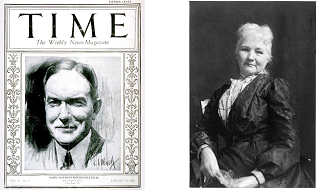
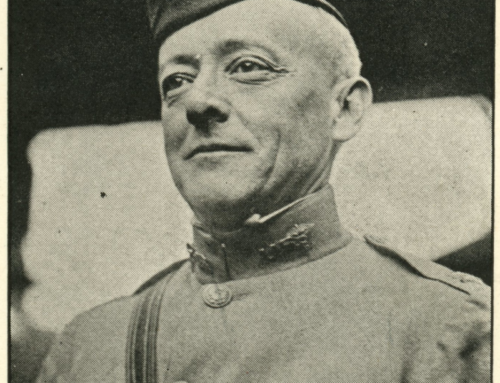
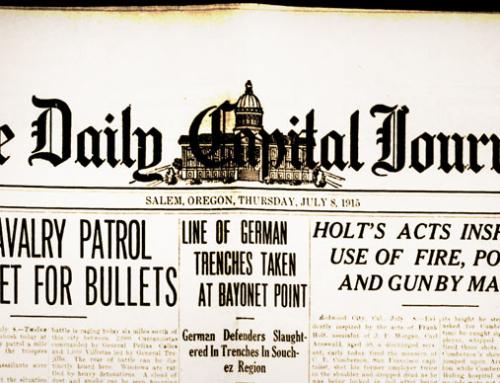
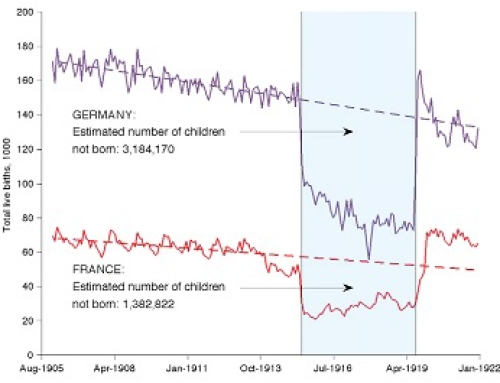
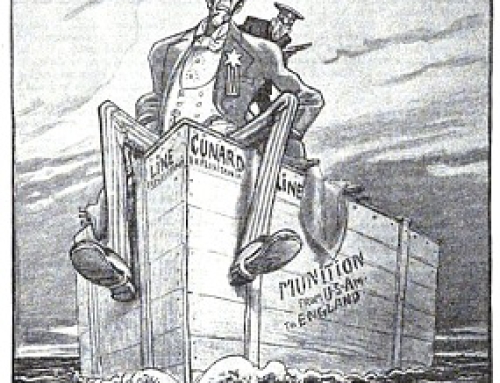
Leave A Comment